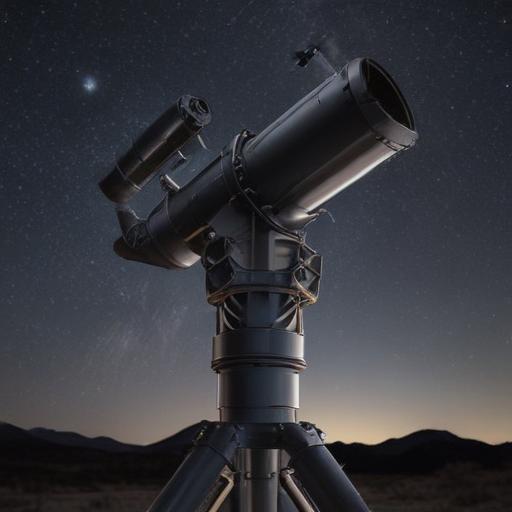Jacob Isbell, a postdoctoral researcher at the University of Arizona’s Department of Astronomy, has been awarded nearly $1 million by the National Science Foundation to spearhead the development of an innovative optical instrument for the Large Binocular Telescope (LBT). This initiative, known as the LBT Interferometer Visible Extension (LIVE), aims to significantly enhance the telescope’s capacity for visible-light imaging, allowing researchers to explore the cosmos with unprecedented clarity.
Isbell expressed his enthusiasm for the LIVE project’s potential, highlighting its role as an international collaboration that aims to leverage established techniques developed for the LBT Interferometer and extend them into visible light. This expansion is expected to transform our understanding of the universe.
Receiving such a substantial federal research grant as a principal investigator is a notable achievement for a postdoctoral scholar, underscoring both Isbell’s exceptional talent and the University of Arizona’s commitment to supporting emerging researchers. The funding from the NSF not only fosters research excellence but also provides valuable experiential learning opportunities for undergraduate and graduate students who will participate in the project.
Tomás Díaz de la Rubia, the university’s senior vice president for research and partnerships, emphasized the significant scientific inquiries that LIVE aims to address, including understanding stellar life cycles, planet formation, and the search for extraterrestrial life. He praised projects like LIVE for their role in keeping the University of Arizona at the forefront of scientific discovery.
The LIVE instrument will utilize the LBT’s dual 8.4-meter mirrors, functioning together as a single 28.8-meter mirror through interferometry. This advanced setup will empower researchers to examine intricate structures in protoplanetary disks where planets form, monitor changes on moons such as Io and Europa, and map the dynamic environments surrounding supermassive black holes. With the ability to achieve resolutions as fine as 4–5 milliarcseconds, LIVE will serve as a vital precursor for the nation’s future Extremely Large Telescopes.
Joseph Shields, the director of the LBT Observatory, remarked on the groundbreaking capabilities that the LIVE award will introduce at the telescope, predicting exciting advancements in our understanding of the cosmos. The project involves international collaboration, engaging partners from Germany, Italy, and Mexico, and will also provide students with hands-on training in areas such as adaptive optics, interferometry, and optical engineering. This aligns with the university’s mission to integrate foundational research with educational opportunities, preparing the next generation of scientists while ensuring that the benefits of discovery extend well beyond academic settings.
The prospects of this project highlight a hopeful future for astronomical research and education, promising to deepen our knowledge of the universe while inspiring new generations of scientists.
